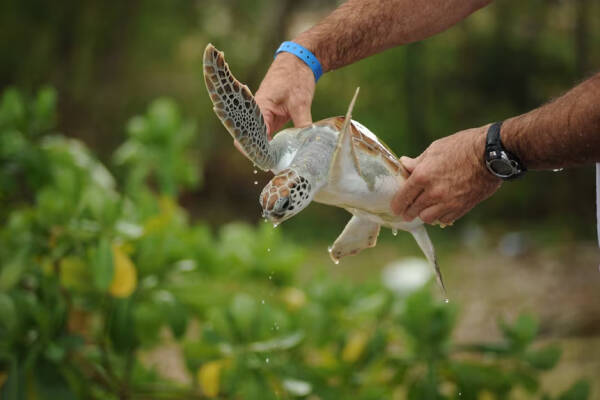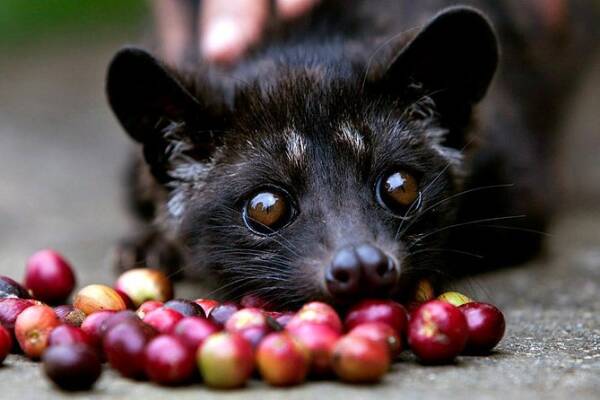From elephant rides and "tiger selfies" to visiting bear parks and crocodile farms, this article lists the top 10 wildlife attractions you should never visit.

Three-quarters of wildlife tourist attractions involve "some form of cruelty or raise conservation concerns", according to a new study commissioned by World Animal Protection and written by experts from Oxford University's Wildlife Conservation Research Unit (WildCRU). World Animal Protection says at least 550,000 wild animals are "at the risk of irresponsible tourist attractions" visited by an estimated 110 million people each year.

1. Elephant riding
Elephants are taken from their mothers as babies and undergo training that involves inflicting severe pain with pointed metal "cattle hooks" or wooden slats, or confining them to small cages or using ropes or chains limit their activities. Once "broken," they are unable to form natural social relationships with other Elephants-Are-Endangered.html">elephants. Thailand is a hot spot for elephant riding in the world, but in the past 10 years, elephant riding activities have also emerged in South Africa. "Training" can cause permanent psychological damage to the Elephants-Are-Endangered.html">elephants involved.

2. Tiger selfie
Tiger cubs were separated from their mothers as babies and then "cuddled" by tourists. World Animal Protection found 10 habitats in Thailand housing 614 tigers, with similar sites found elsewhere in Asia, Australia, Mexico and Argentina.

3. Walking with Lions
Once captive lion cubs grow too big for tourists to hold and take photos with them, they are exploited for the relatively new "Walking with Lions" experience. Such attractions are mainly found in South Africa.

4. Bear Park
Bears are kept in sterile cages or "pits" that are often overcrowded (bears are naturally solitary animals). In some parks, bears are forced to dress up as clowns or perform circus acts. The stress associated with these locations can increase the susceptibility of captive bears to bacterial infections.
Many bear parks keep animals in bare, sterile cages.
 < /span>
< /span>
5. Hold a turtle
When touched, sea turtles will panic and flap their flippers violently. Tourists are known to drop struggling turtles, causing serious injuries such as shell rupture, which can lead to their death.

6. Dolphin show
Captive dolphins spend their entire lives in a space not much larger than a swimming pool, and the water is often treated with chlorine, which can cause skin and eye irritation. They may suffer from sunburn and stress-related illnesses, heart disease and stomach ulcers. Although some dolphins are bred in captivity, there are still people who bring dolphins from the wild to dolphinariums.

7. The performing monkey
Macaques in Thailand are trained to behave more humanely. They are forced to dance and perform acrobatics for humans, and when not in front of people, they are chained in small cages or on short chains outside. Macaques are trained to ride bicycles and perform other "human" activities.

8. Visit the civet coffee plantation
“Civet” coffee – made from the coffee “cherries” (fruit) eaten by civet cats and expelled in pellet form – has become a high-value product around the world. To increase yields, civet coffee growers began keeping civets in captivity, resulting in disease, malnutrition, and some animals showing signs of stress and self-mutilation. In Indonesia, tourists can visit these facilities to view civets in cages and taste coffee, thus increasing the number of civets captured from the wild.

9. Kissing a poisonous snake
The "kissing cobra" is the latest variation on the age-old street snake charmer. The cobras involved are often captured from the wild and then have their fangs extracted and their venom ducts plugged or removed, often causing an infection that kills them. The cobra may have its fangs removed before anyone attempts to do so.

10. Crocodile farm
Crocodiles have been farmed for years to provide skins for the fashion industry and meat for the restaurant industry, but now visitors can tour the facilities and then sit down to eat. Conditions on these farms can kill crocodiles, with sepsis being a particularly common problem. Fights between alligators in confined spaces are common, resulting in serious injuries and deaths.
animal tags:
We created this article in conjunction with AI technology, then made sure it was fact-checked and edited by a Animals Top editor.